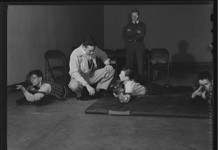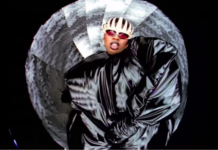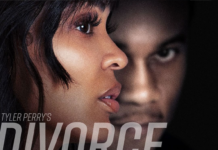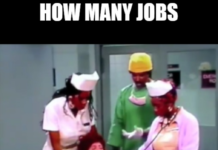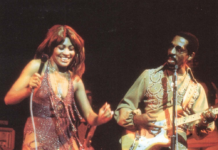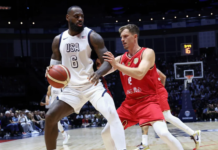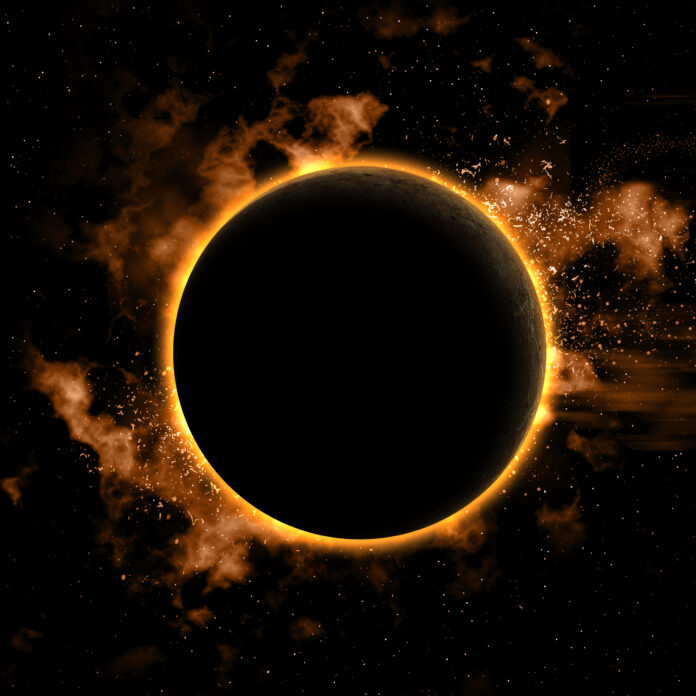By
Newswise — On April 8, the moon will pass between the sun and the Earth, creating a spectacular celestial event that will also be the last solar eclipse to cross the continental U.S. until 2044.
While many will be eager to look upward as the moon moves to block the sun’s rays, it’s important to prioritize proper eye protection, said David Hinkle, the Oliver and Carroll Dabezies Chair of Ophthalmology at Tulane University School of Medicine.
“It’s never a good idea to look directly at the sun, whether there’s an eclipse or not,” Hinkle said. “The eclipse will last a few minutes. Eye damage can last a lifetime.”
Ahead of the April 8 solar eclipse, Hinkle offers advice on how to protect your eyes, what to avoid and the dangers of staring at the sun.
Let’s start with the bad news: What happens if you stare at the sun for too long?
You can actually get a burn in your retina. Your cornea and your lens are very good at focusing light, so they can focus the light from the sun directly onto the retina, resulting in a retina burn or solar retinopathy. That’s often a permanent effect that leads to a significant loss of central vision, and since your eyes are looking the same direction, there’s a good chance that can happen to both eyes, causing legal blindness.
What can solar eclipse viewers do to protect their eyes?
There’s a few different ways. Many folks on YouTube have guides for building pinhole viewers that can project the eclipse onto the ground. The most popular way of looking at the eclipse is with eclipse glasses, but the important thing to know is to get the version with the ISO 12312-2 filter, which is approved by the International Organization for Standardization. Some libraries offer them for free or you can order them online, as long as you buy from a reputable organization. And finally, NASA will have a livestream of the solar eclipse. Just don’t use your own camera or phone, as that’s also not a good idea.
Some who have heavily polarized sunglasses for everyday use may think those offer enough protection. Is that true?
No, eclipse glasses have a very dark filter in them, so you really can’t see anything when you put them on. They’re designed to filter out 99% or more of the light. Anything that lets enough light in so that you can see through or walk around in would not be safe.
The eclipse has what’s called a path of totality. For the 13 states in this path, there will be a 1-to 4-minute span of time when the sun is completely blocked by the moon. For states outside the path, the sun will never be fully obscured. For those watching outside the window of totality or in a city outside the path, is there ever a time when someone can look at the eclipse without eye protection?
No there really isn’t. It’s never safe to look at an eclipse, and it can certainly cause harm. The sun’s rays are powerful and can burn your retina very quickly, so make sure to wear proper eye protection with the appropriate filter.
Image: kjpargeter/freepik

